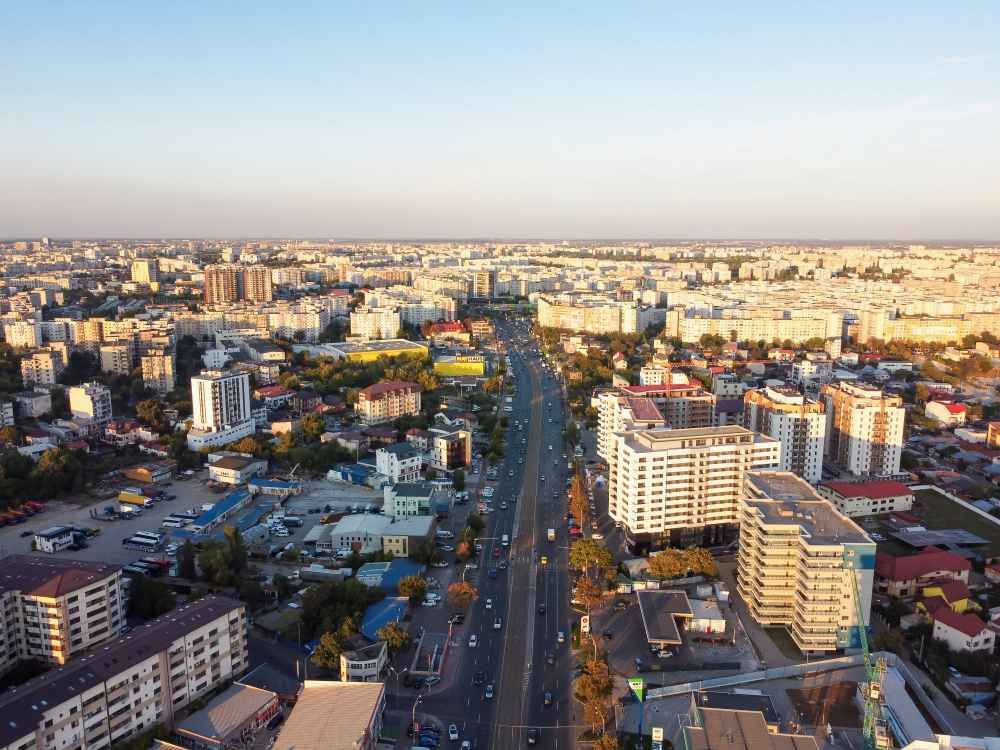
East Africa is no stranger to the growing effects of climate change. From rising temperatures to irregular rainfall and flooding, the region’s climate is becoming increasingly unpredictable. As a result, the construction industry is shifting toward sustainable, climate-resilient building designs. At Smeaton Constructions, we are actively adopting innovative techniques and materials to build for the future. In this blog, we’ll explore how buildings are being redesigned across East Africa to adapt to our changing environment.
To begin with, let’s look at how buildings are being redesigned to adapt to these changes:
1. Designing for Temperature Extremes
In countries like Uganda, Kenya, and Tanzania, prolonged heatwaves are becoming more frequent. As a result, architects and engineers are now:
- Using cool roofing materials that reflect sunlight
- Installing natural ventilation systems to reduce dependency on air conditioning
- Integrating thermal insulation into walls and ceilings
These changes help reduce energy use while improving comfort for occupants. Moreover, buildings designed this way remain cooler during peak heat.
Learn more about cool roof technologies from the U.S. Department of Energy.
2. Flood-Resistant Construction
Heavy and irregular rainfall can lead to dangerous floods. Consequently, modern building practices across East Africa now include:
- Elevated foundations
- Water drainage systems around buildings
- Use of flood-resistant materials like reinforced concrete and interlocking blocks
At Smeaton Constructions, we’ve implemented smart drainage designs in several commercial and residential projects to ensure long-term safety. As a result, these structures can withstand heavy downpours with minimal impact.
3. Sustainable Material Choices
Materials that are sourced responsibly and leave a low carbon footprint are now a top priority. These include:
- Compressed stabilized earth blocks (CSEBs)
- Recycled steel and plastic
- Bamboo and locally sourced timber
In addition to being eco-friendly, using local materials supports the economy and reduces transport emissions.
Explore how bamboo is revolutionizing construction in Africa.
4. Rainwater Harvesting Systems
To address water scarcity, builders are integrating rainwater harvesting into new designs. These systems collect rainwater from rooftops and store it for reuse in:
- Irrigation
- Toilet flushing
- Washing
Consequently, this sustainable approach reduces pressure on municipal supplies and keeps costs low for residents.
5. Solar Integration in Building Design
With East Africa’s abundant sunlight, solar energy is a natural fit. Developers are incorporating:
- Solar panels for electricity
- Solar water heaters for homes and apartments
- Passive solar design to reduce energy use
Thanks to these technologies, carbon emissions are lowered and building value increases over time.
Conclusion
Climate change is not a future threat it’s a present challenge. Fortunately, the East African construction industry is taking bold steps to adapt. By embracing sustainable designs, smart materials, and renewable energy solutions, builders like Smeaton Constructions are leading the way.
So whether you’re planning a residential home, commercial complex, or institutional project, designing with climate in mind is no longer optional it’s essential. Ultimately, it’s time to build smarter and greener.
